When Hanni Borzel was in her sixties, she looked toward her years ahead with fear. Her husband had recently died and, a former librarian, she dreaded the idea of becoming lonely and “useless in old age.”
“After my retirement, I didn’t want to spend the rest of my life sitting on a couch, watching TV,” says Borzel. The city where she lived in central Germany did not offer many volunteering opportunities to pensioners at the time. Meanwhile, she watched on Facebook as her friend Uwe Künkenrenken detailed his visits to a kindergarten to play music and participate in theater with children. Künkenrenken’s wife, Anni, was engaging with kids from the same kindergarten by reading to them and teaching German to refugee students.
In contrast to Hildburghausen, an engaged life well into old age is the norm where the Künkenrenkens live. And it’s not by accident. The product of a decades-long project to build an aging-friendly destination, their leafy, quaint west German town of Arnsberg might be one of the most successful examples of senior-friendly urban development in the world. At its core? A city department like no other: the Fachstelle Zukunft Alter — the Department of Future Aging.
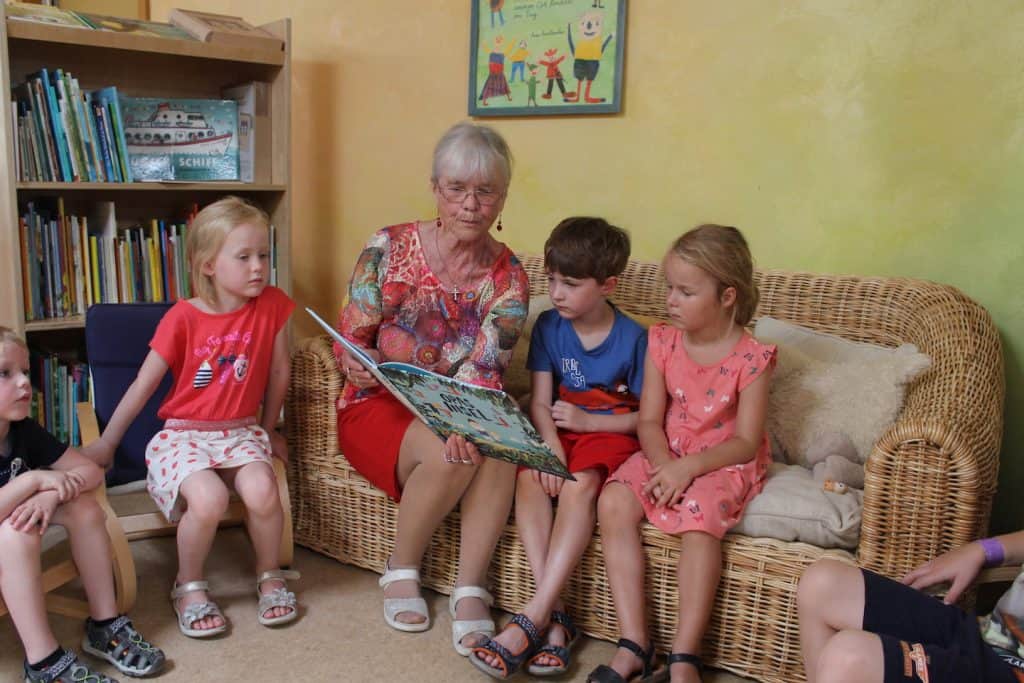
A game changer
Arnsberg’s Department of Future Aging (DFA) has its roots in foresight, when then-city administrator Hans-Josef Vogel launched a city-wide survey for the aging population.
Like the rest of Germany, Arnsberg’s senior population was expanding rapidly. At the same time dementia, an often isolating condition, was rising among seniors in Arnsberg at the same rate as the rest of Germany, which has the world’s third highest population of seniors and where almost ten percent of people over 65 have dementia. Today, the city of 73,573 has almost 17,000 citizens that age, and by 2030, 55 seniors are expected for every 100 younger people in the city.
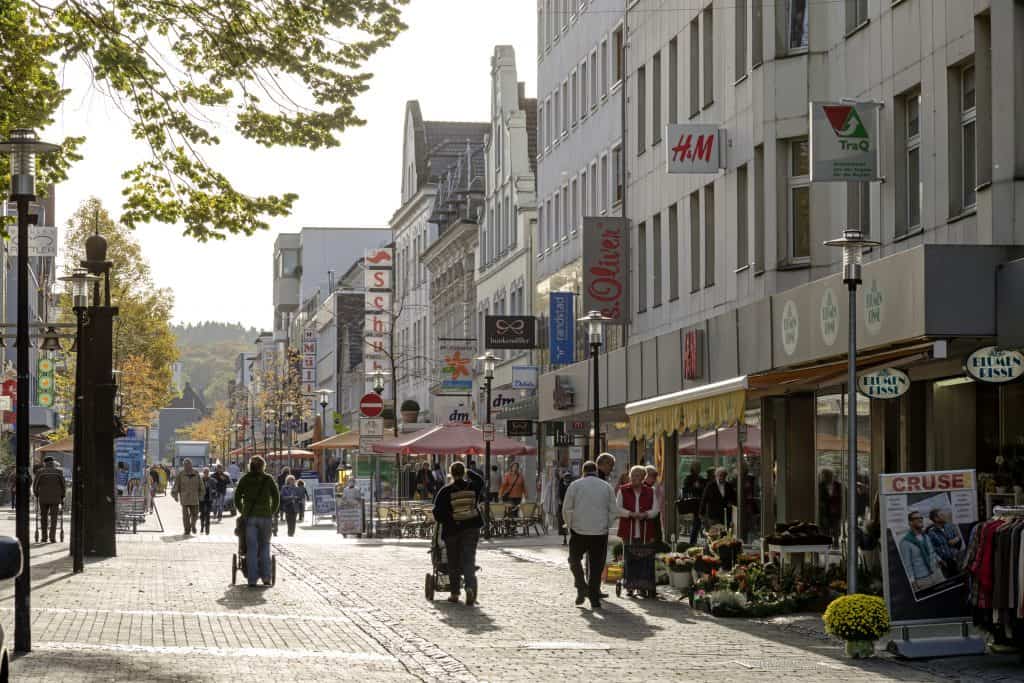
But the survey, conducted in 1995 with 28,000 respondents aged over 50, was a game changer. It explored residents’ wishes and expectations for old age. They emphasized a desire to participate in social life, to actively contribute to society and to continue learning in old age. Most of all? They didn’t want to live alone in their twilight years.
The information set into motion a mindset shift that fundamentally altered Arnsberg’s future. Until that point, the city’s approach to aging had been classically “deficit-oriented” — focused on what seniors could no longer do and primarily putting resources into nursing homes, rather than creating programs that capitalized on what they could still offer.
Today “it is about strengthening resources and capacities, empowering, and enabling elderly people to stay or become active citizens,” said Martin Polenz, who leads the DFA, which officially launched in 2004.
While the DFA is tiny, with a staff of two and a project budget of just €20,000 (approximately USD$24,000) per year, its imprint on the city is unmistakable — both figuratively and literally. Not only does the DFA support over 200 projects through advice and direction, training, development, networking and collaborative funding, but Polenz and his colleagues also collaborate with other departments in the city, acting as advisors across the city government. They work especially closely with the Department of Citizens Involvement and the Department of Planning and Building to ensure that senior-oriented planning isn’t just woven into the social fabric of the city, but the physical design, too.
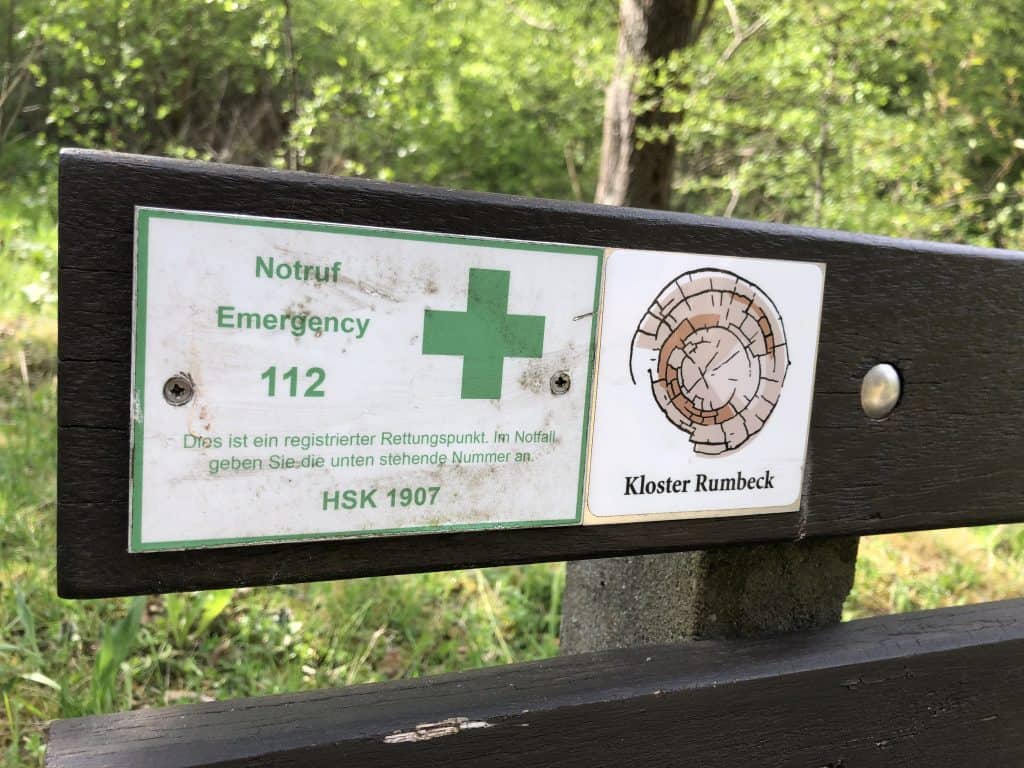
As a result, projects started, supported or inspired by the DFA touch every sector in Arnsberg. For example, the city boasts numbered benches every 200 meters in some of its markets and on the promenade along the River Ruhr. The benches provide essential resting spots, but with an added bonus for people experiencing dementia: “If someone is lost, they can call for assistance quoting the bench number,” Polenz says.
Volunteers in Arnsberg are available to travel with older people as bus companions on market days. This allows seniors to continue shopping for themselves and engaging with city life with a sense of security, and help handling heavy shopping bags.
Affordable residential complexes with small units and accessibility measures also dot the city, equipped with optional assistance tailored to individual needs, to allow seniors who wish to live independently to do so for longer.
But the spinoff impacts of the DFA’s influence show the systemic nature of the city’s mindset shift and illustrate the snowball effect a city-wide commitment like Arnsberg’s can have.
One of the city’s most successful projects, The Dementia Learning Lab, was introduced in 2008 by the DFA, to develop Arnsberg as a dementia-friendly city. Started as an initiative to meet the needs of people with dementia and their families, it eventually grew into a dementia network.
At the Lab, citizens were called upon by the DFA to contribute ideas in their areas of work and interest. “Almost 400 citizens turned up with ideas at the inaugural meeting,” Polenz recalled. Over the years, as an ongoing process, programs to change public attitudes about dementia, provide information about the disease and reduce fear of contact with people with dementia have been implemented. Research from 2012 to 2015 found that of the 71 “multipliers” of the lab — people who spread the work of the lab by bringing their learnings into their personal and professional environments — 62 percent felt that their knowledge of dementia had increased and 93 percent felt secure and empathetic while interacting with people with dementia.
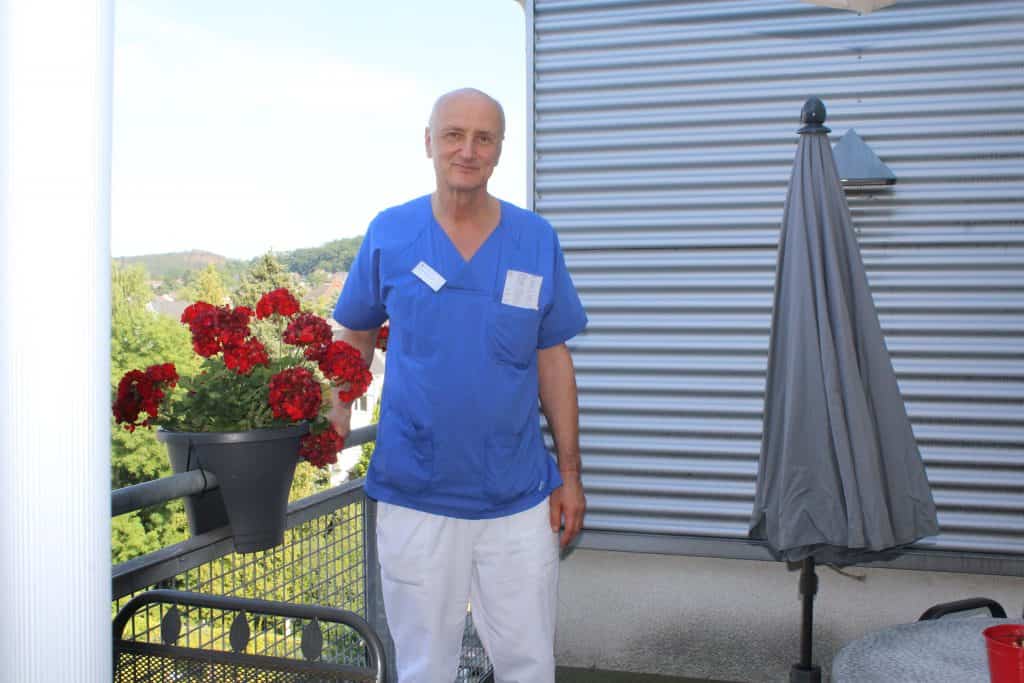
One of the multipliers involved in the city’s dementia network is Dr. Meinolf Hanxleden, a geriatrician who built a special 10-bed ward in a local hospital for hospitalized seniors who might be at risk of delirium, an abrupt change in the brain that can cause mental and emotional confusion and disruption.
“Almost 70 percent of people who have dementia develop delirium during a hospital stay,” says Hanxleden. “Small things, such as seeing too many different faces in a day or changing rooms are enough to trigger delirium among people with dementia.” If a patient is admitted to the hospital and identified as at risk for delirium, they can be treated in the special ward instead. Apart from the changes in therapy, the physical differences in the ward include color-coding of different rooms to help patient orientation, and assigning just one nurse trained to deal with delirium per patient. The changes are modeled after the Hospital Elder Life Program, which has been shown to reduce the risk of delirium by 30 to 50 percent, limit the duration of incidence, and reduce the rate of falls by 42 percent.
“Exemplary and replicable”
In 2008, inspired by her friends’ vibrant retired lives, Borzel made a life-altering decision: she moved to Arnsberg.
When she arrived and reached out to DFA, she was put in touch with the city’s senior citizens’ advisory council. “I was welcomed with open arms and contributed as a member of the press team of the council until last year,” says Borzel, now 79.
Six years ago, she joined the editorial team of SICHT, a quarterly magazine printed by the city and run by seniors for seniors.
“Over the years, I have enjoyed contributing to intergenerational programs in schools, and attending film festivals, cinema and theater held specifically for the elderly,” Borzel says.
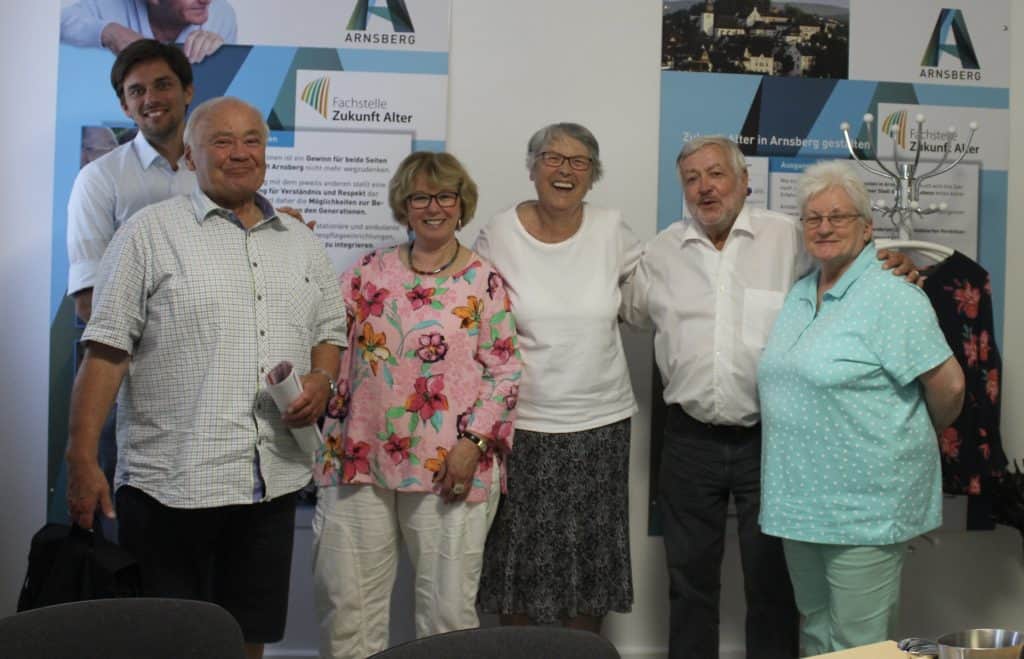
And while Arnsberg’s vibrant senior social scene has kept Borzel company living alone in old age, other programs help keep some seniors living together longer.
One example is Café Zeitlos (Timeless Cafe), an intergenerational initiative that aims to provide an inclusive space for people with dementia and their caregivers to unwind and mingle with people of all ages and create art. Often, people with dementia stay at home all day with their caregivers where there is a hierarchy in the relationship — the caregiver is in a position of power. Café Zeitlos, funded in part by the DFA, gives them a chance to communicate on an equal footing, without the caregiver being in charge. Studies show that art intervention into everyday care can mitigate depression and apathy, and have positive effects on the mood of people living with dementia.
Café Zeitlos facilitated socialization for Walter Rupert, a proud centenarian, when his wife was sick. A very hands-on husband, Rupert looked after his wife for the 18 years that she had dementia, instead of moving her to a care facility. “Martin introduced me to Café Zeitlos when it opened and it became my weekly break while I was busy taking care of my wife,” he said when I met him in 2019 at his home, carefully modified for mobility.
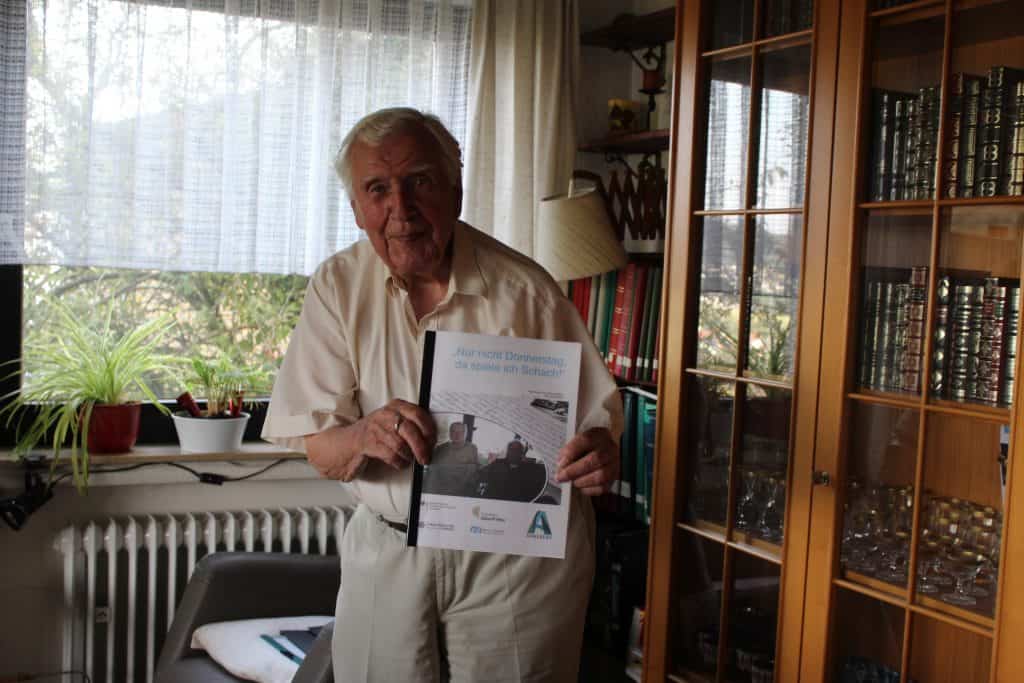
In 2015, when Germany’s erstwhile President Joachim Gauck visited Arnsberg, he said it impressed him to see that “with the help of municipal programs, people are adapting specifically to a society that is living longer.”
“In Germany, most local administrations provide only information and counseling services to help older persons and persons with dementia find points of support in their city,” says Anne-Sophie Parent, who has worked for 28 years on aging in the European Union and is currently the Secretary General of the European Covenant on Demographic Change, which brings together stakeholders to work on active and healthy aging.
“Arnsberg’s co-production approach is innovative because the city involves older persons and persons with dementia as key actors in the solutions that are developed for them,” Parent says. “It makes them feel heard, a key element for them to feel valued and included in the life of their city.”
Parent says that Arnsberg’s work is “exemplary and replicable in other European cities with similar demographic profile and population size.”
Polenz notes that limited resources and not having legal authority over stakeholders mean that DFA cannot push anyone for results. “We can only give inspiration and lead by example,” he says.
For Borzel, the choice was clear. Life in Arnsberg has not only given her ways to occupy herself fruitfully in old age, but also a good circle of friends. “In Hildburghausen, I would probably have wasted away in loneliness by now,” she says.






